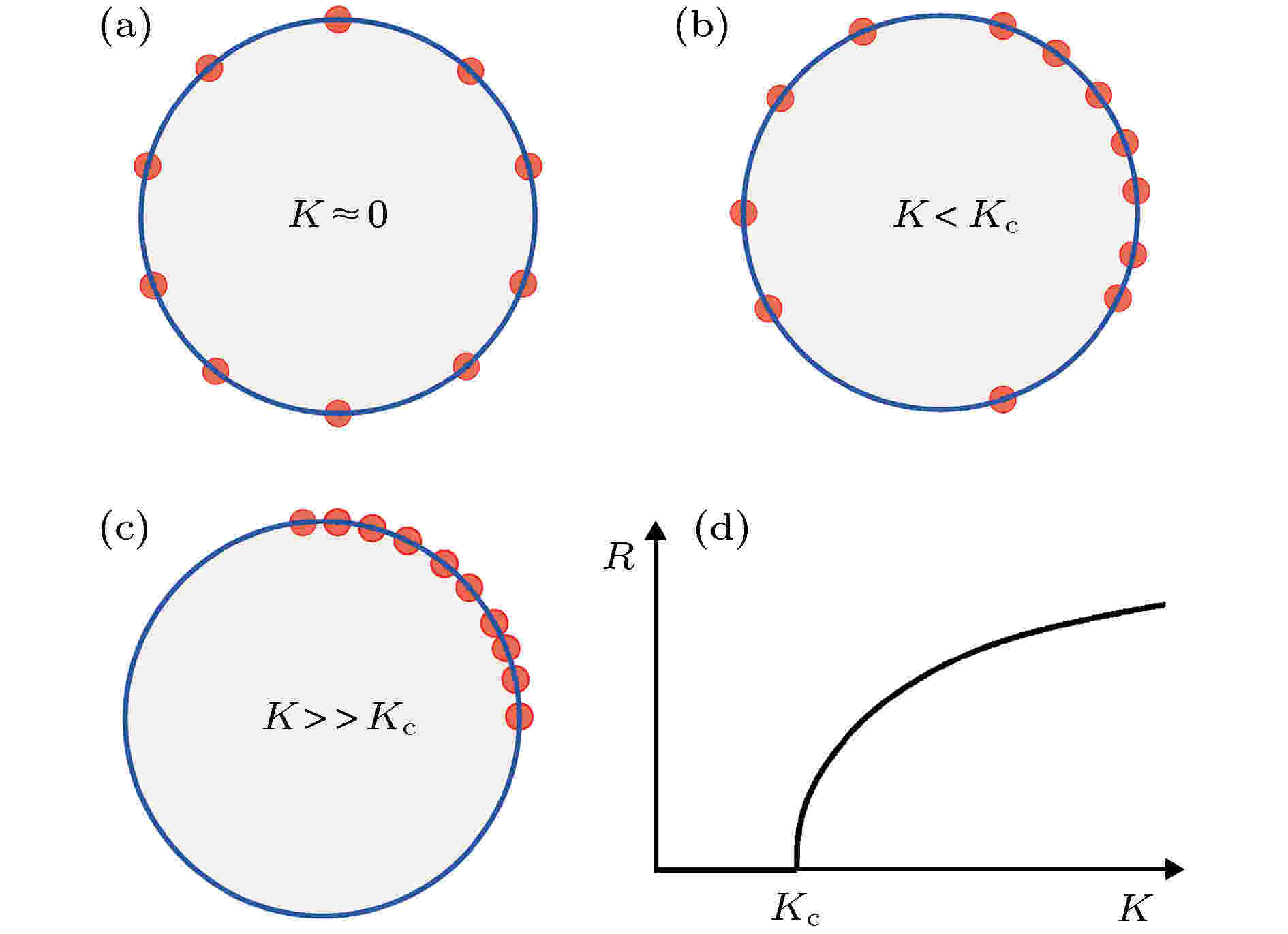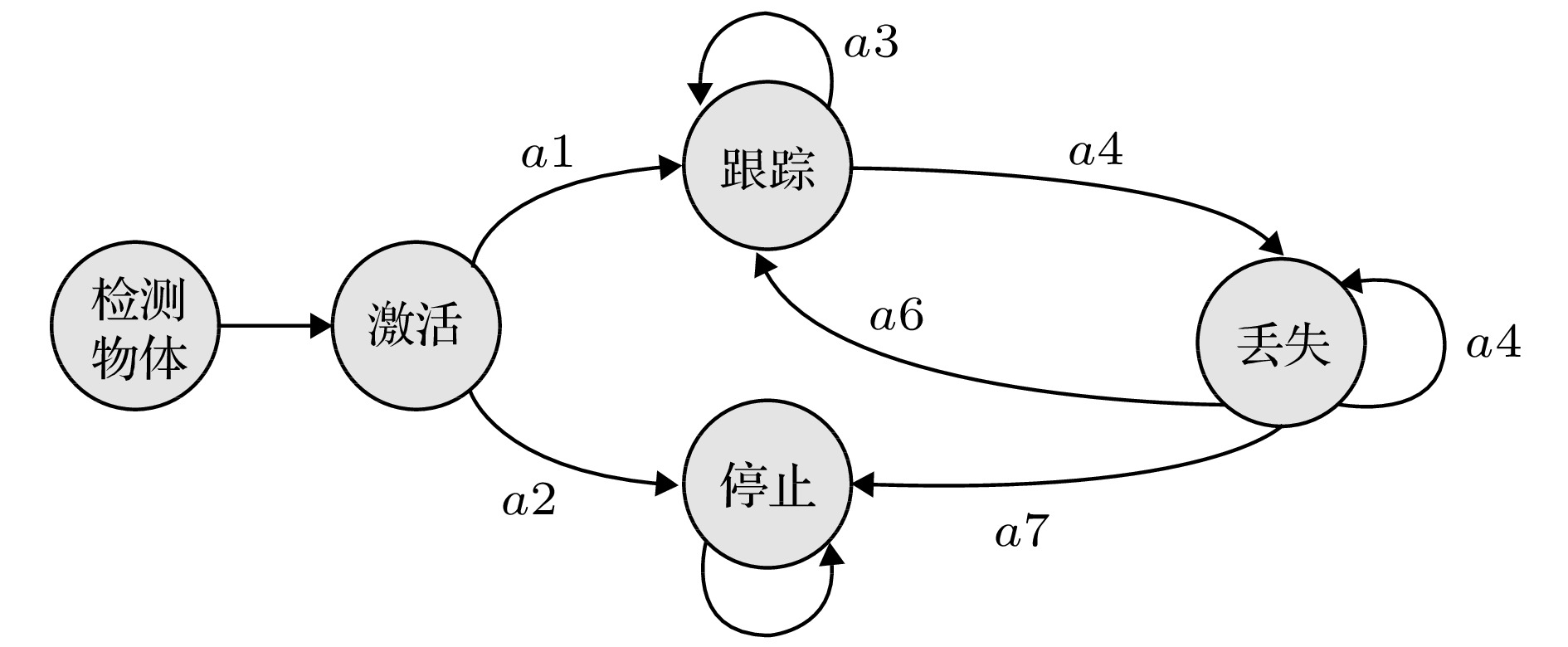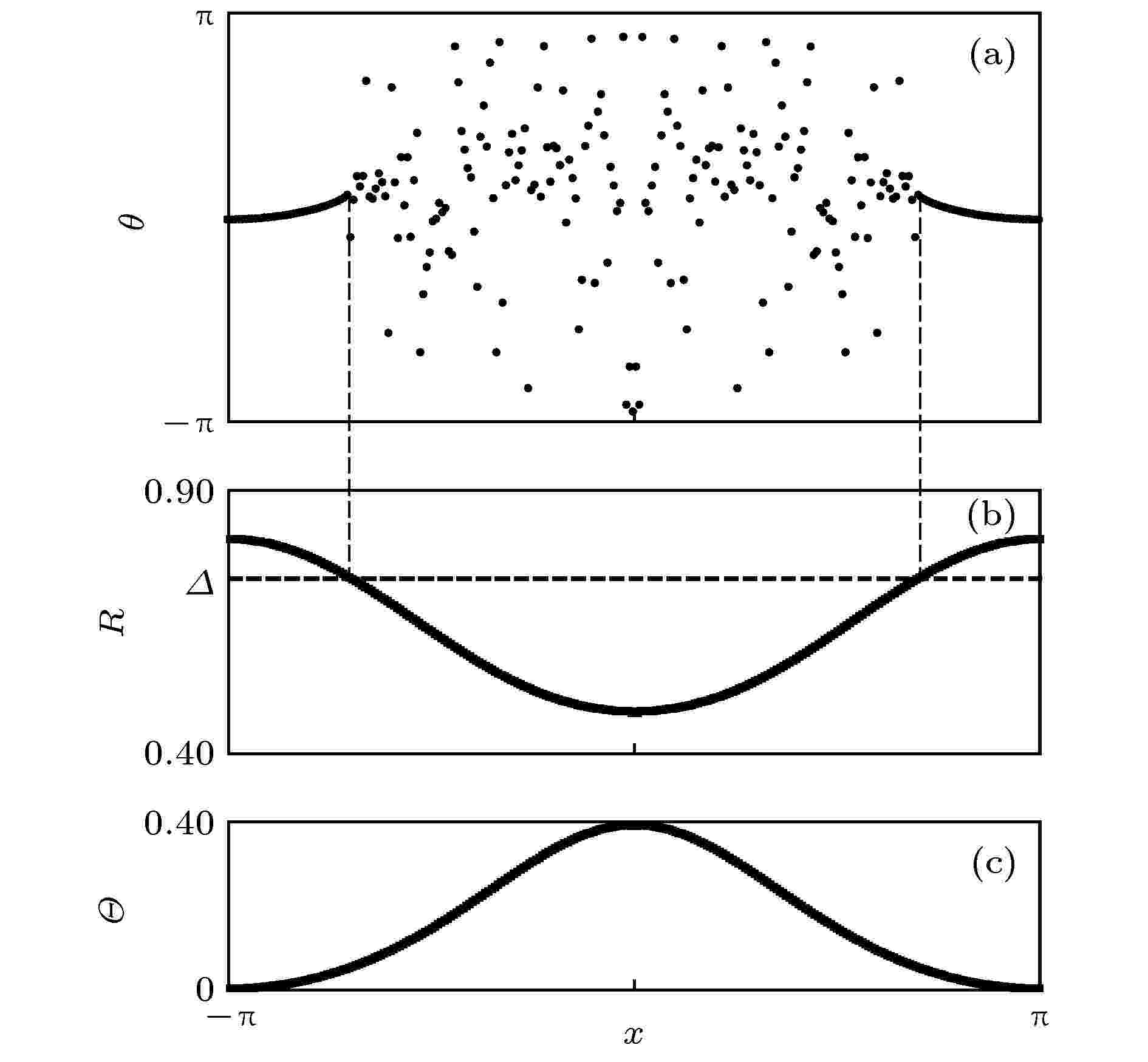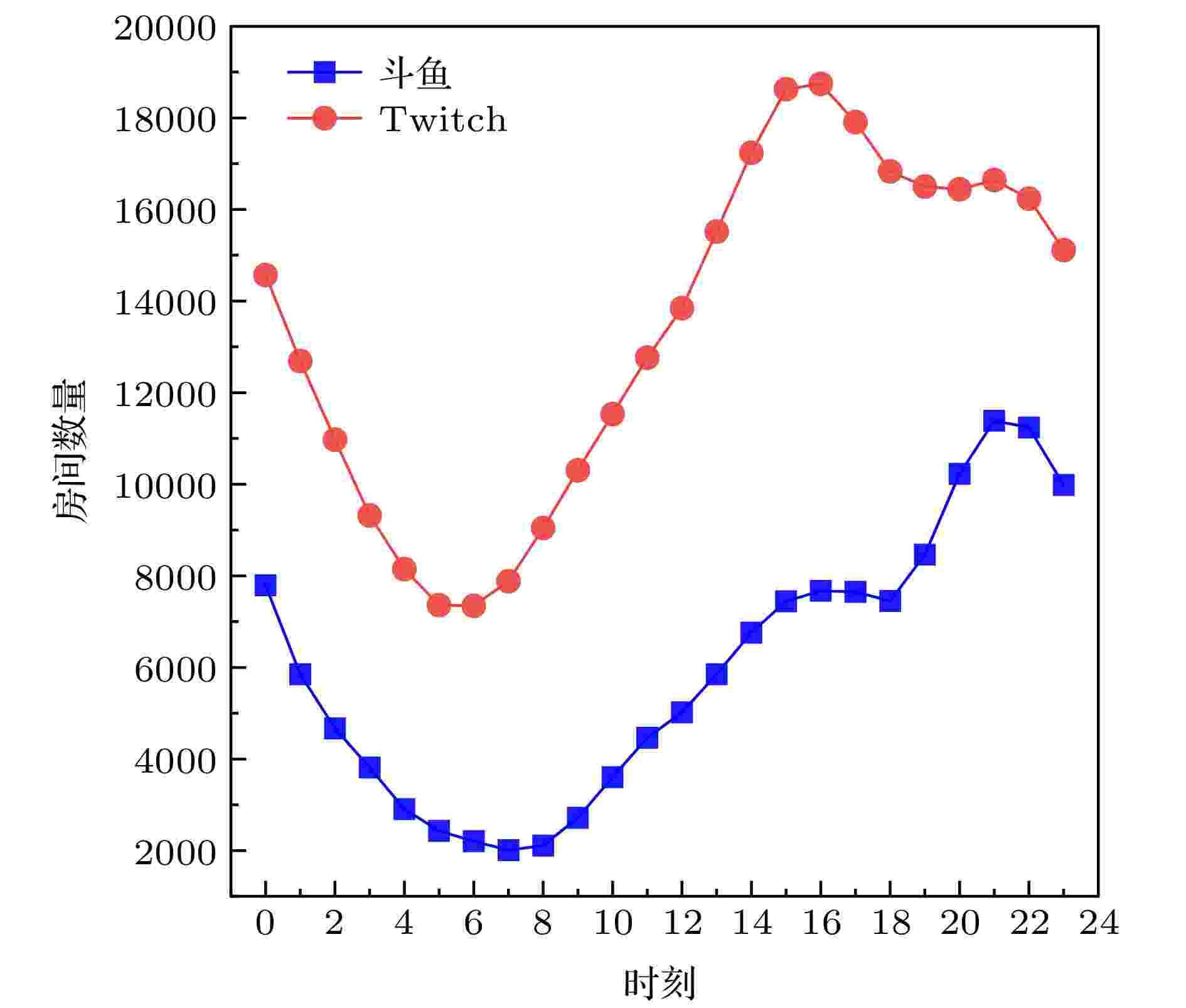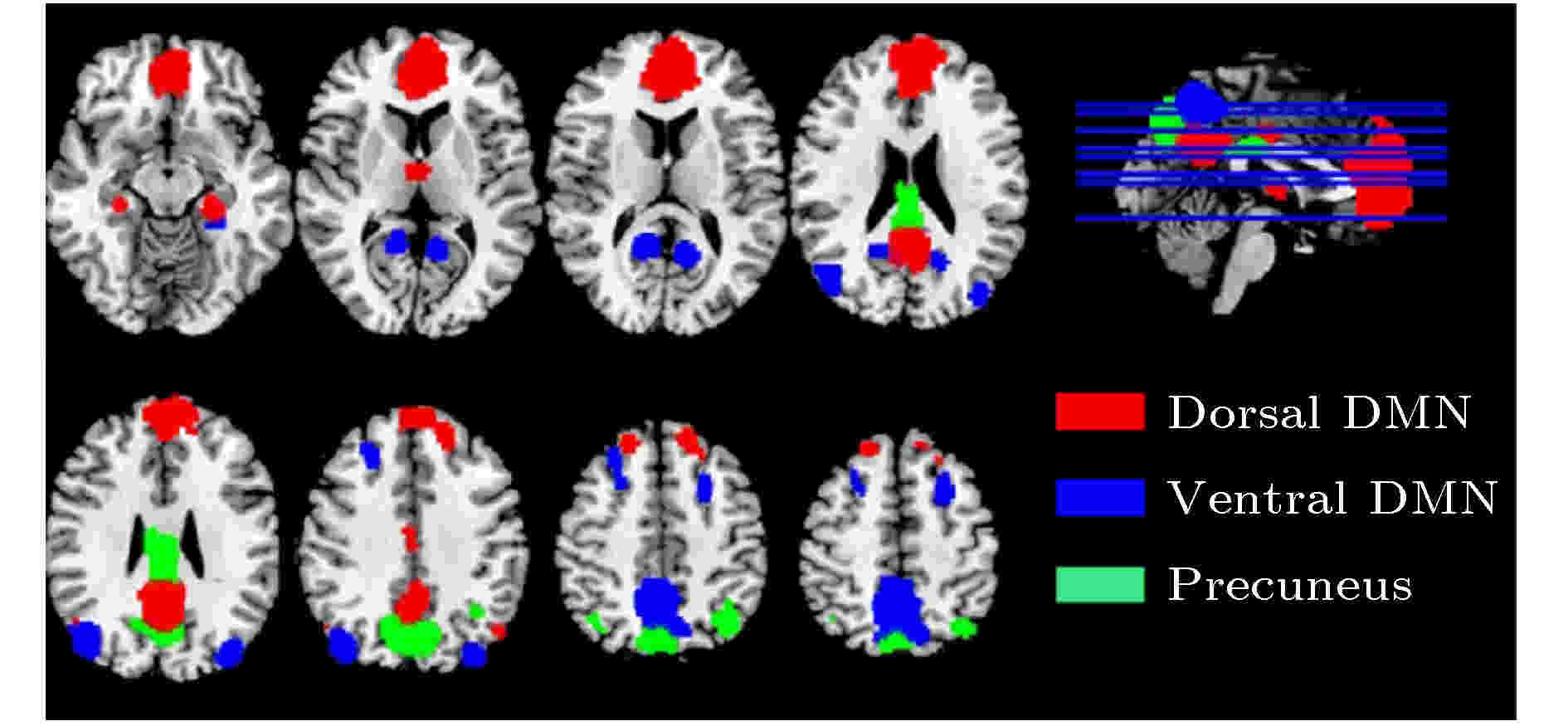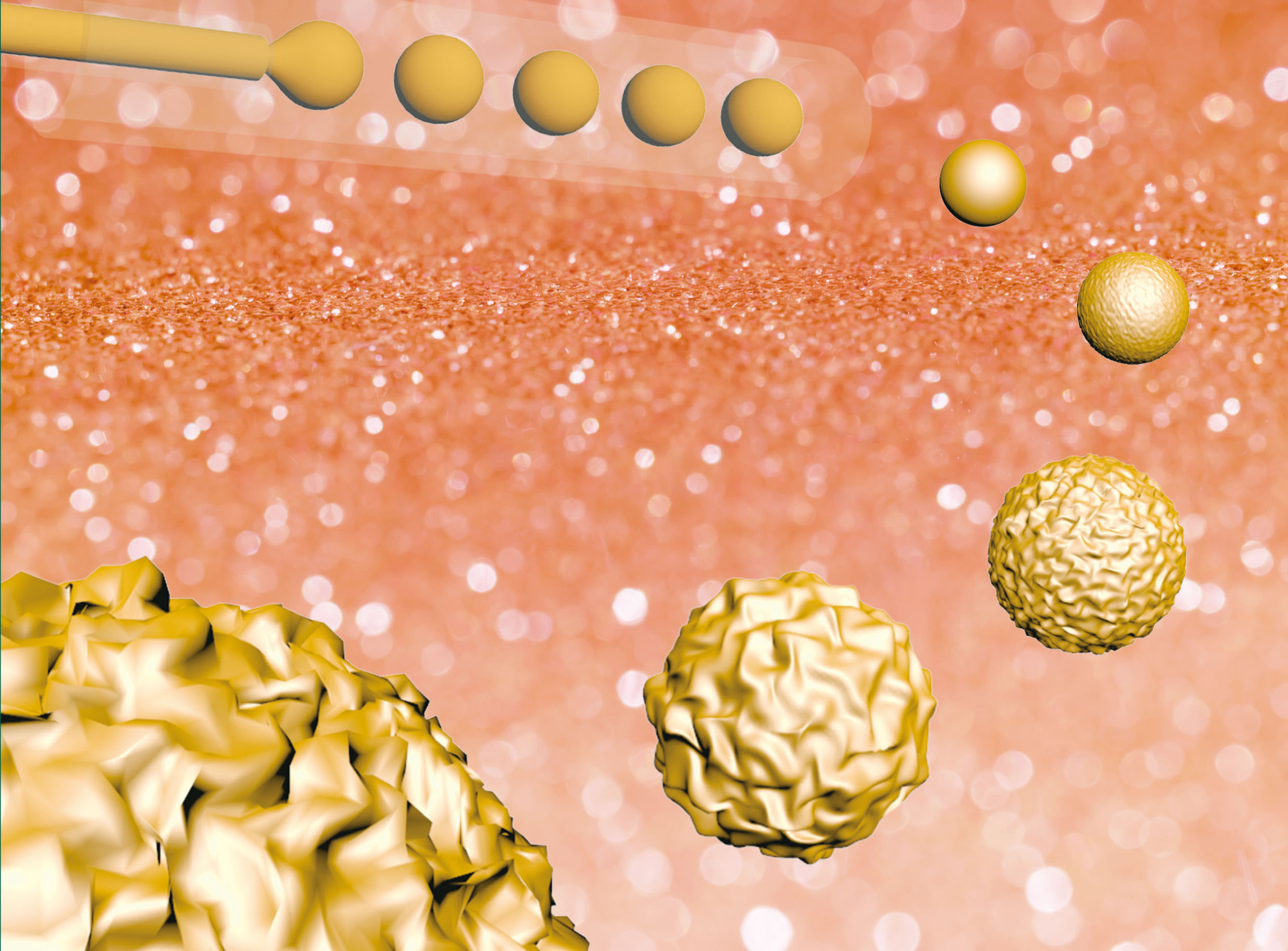SPECIAL TOPIC—Statistical physics and complex systems
编者按:
从 20 世纪中叶至今, 复杂系统研究迅速发展, 成为了引人注目并具有广泛应用的新领域. 复杂系统要么具有结构的复杂性, 要么具有演化的复杂性, 在多数情况下二者兼具. 不同于传统物理学通常处理的规则介质, 许多复杂系统具有复杂结构, 近年来受到极大关注的复杂网络结构就是其中最典型的代表. 同时复杂系统也可表现为演化行为的多样性和复杂性. 即便系统结构并不复杂, 系统中的非线性相互作用可能产生复杂的演化行为, 包括: 形形色色的不稳定性; 丰富的斑图动力学; 各种各样的自组织、涌现及进化行为等等.物理学从一开始就深深进入了复杂系统研究领域, 其中统计物理无疑是研究和理解复杂系统最主要的工具.
复杂系统研究紧密联系着当前科学发展的两大趋势. 一是不同学科的交叉和融合. 近年来物理学和数学越来越深入地进入其他学科领域, 特别是生物学和社会科学, 使这些传统大多以定性描述为主的学科开始了以数据为依托的定量研究, 而这些交叉领域研究几乎都处于复杂系统的研究范畴. 二是大数据科学的迅猛发展和应用. 基于互联网和物联网数据采集和存储技术的突飞猛进, 现在可利用的数据量正在爆炸性的增长. 这些数据中包含了极大量对自然和社会的有用信息, 能合理利用会带来巨大并不断增长的财富. 但产生这些数据的系统和可能被这些数据所影响的系统, 往往都是复杂系统, 其行为具有高度的不可预测性,使这笔财富并不容易获取. 深入研究复杂系统, 发展有效的数据分析手段是成功使用这笔潜在财富的关键和核心.
要研究和处理所有以上困难和问题, 统计物理是强有力的手段. 长期以来统计物理在处理各种不可确切预见的轨道和状态中发展了丰富的思想、方法和技术手段, 这些必然将会和已经为复杂系统的研究提供了强有力的工具. 同时复杂系统由于结构和行为的大量新特点又为统计物理的创新发展提供强大推动.
本专题邀请了在领域前沿活跃工作的专家学者撰写了 18 篇研究和综述论文, 介绍了作者们在该领域的最新进展和成果. 内容包括对物理领域以及生物、经济、工业和其他交叉领域的复杂系统的研究; 既有宏观经典系统的讨论, 也有量子系统复杂行为的探索; 有论文讨论了复杂系统行为的基础统计理论, 也有论文分析了复杂系统演化的同步化、斑图动力学及其调控. 专题中多篇论文涉及复杂网络问题: 有关于网络结构形成和稳定性分析, 也有利用网络产生的数据分析网络结构, 网络上信息传播, 网络结构下人文活动, 经济演化, 社会运行规律等等. 统计物理和复杂系统是一个内涵宏大的领域, 专题论文都是作者兴趣所在的课题研究成果和心得, 只涉及领域中的点点滴滴. 但我们期望专题中介绍的成果能加强国内学者在这一领域的交流, 吸引对该领域有兴趣的青年学者和学生进来钻研, 推动我国在这一领域的研究水平更上一层.
